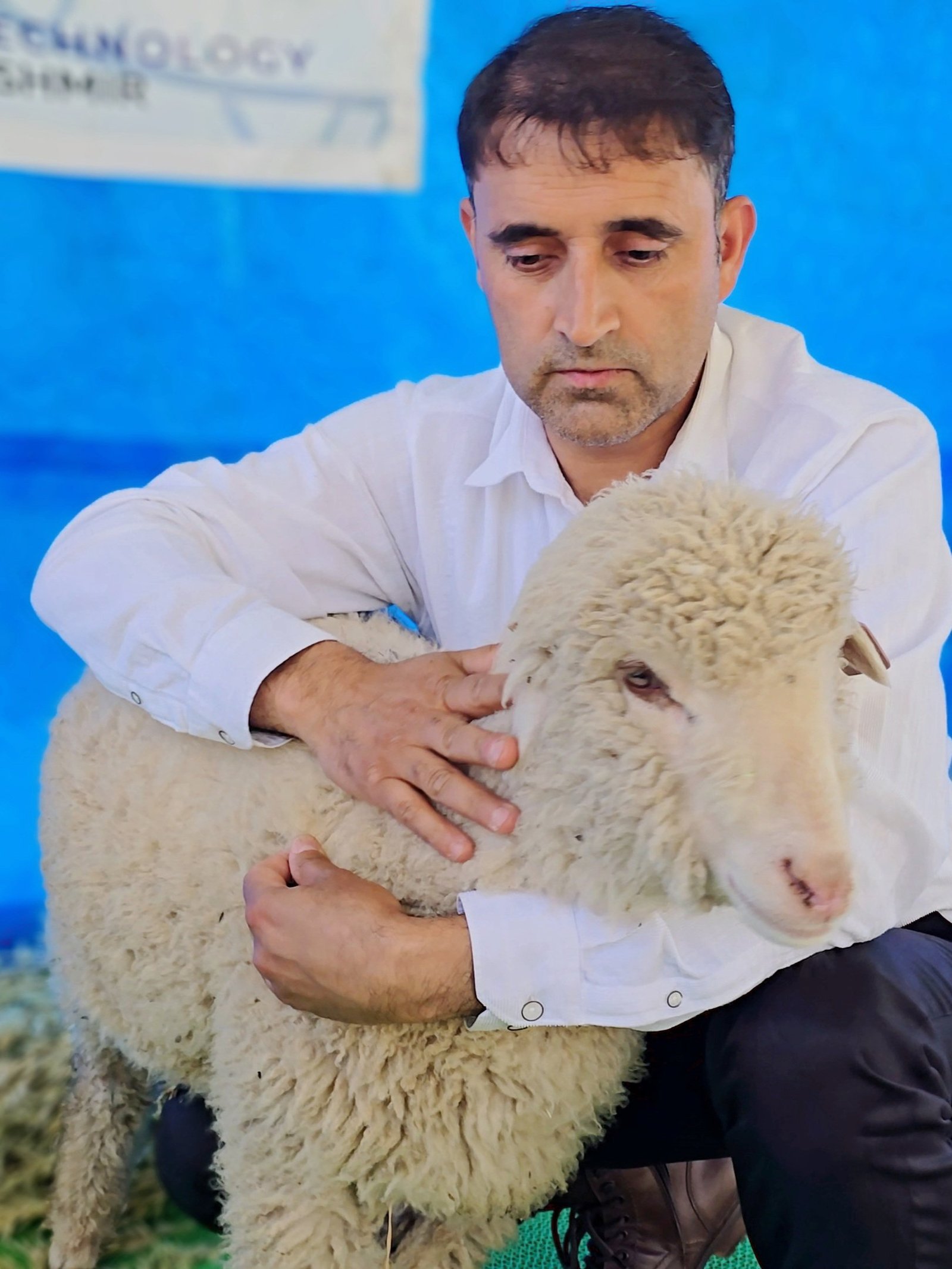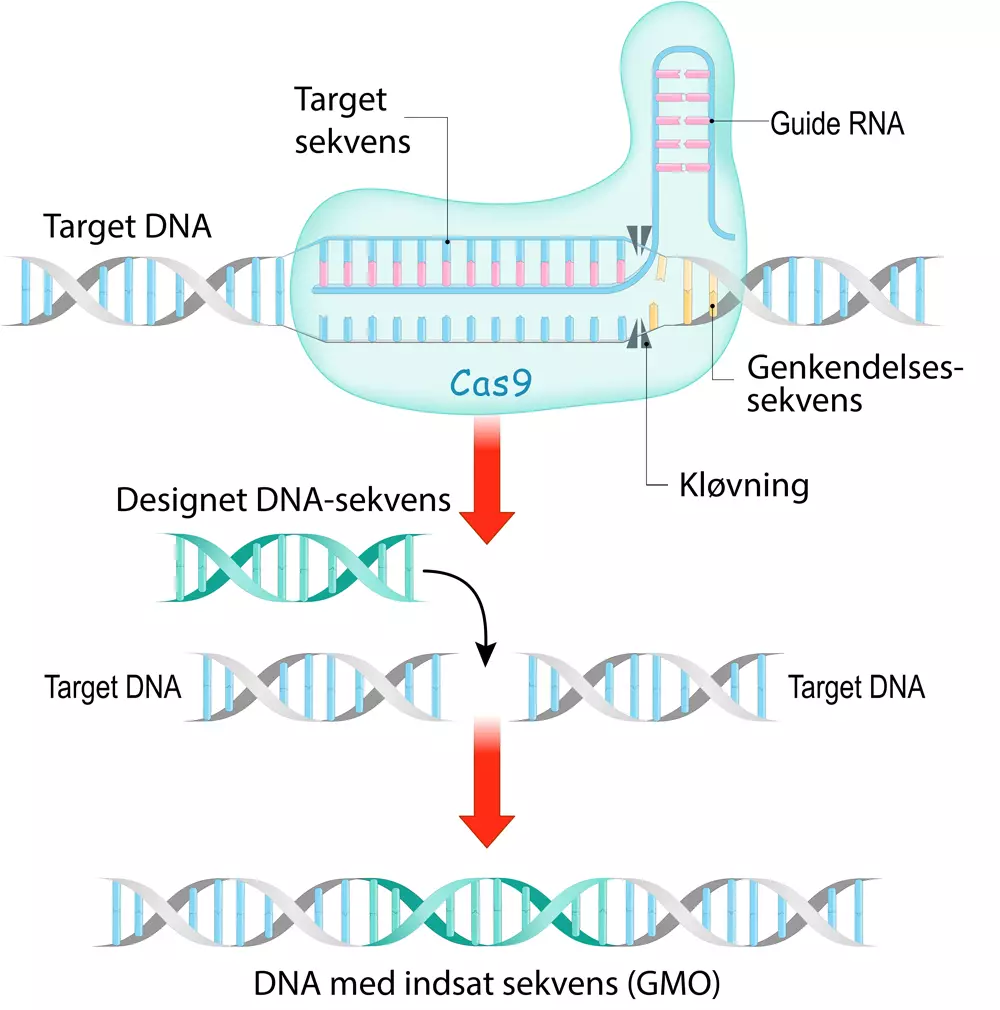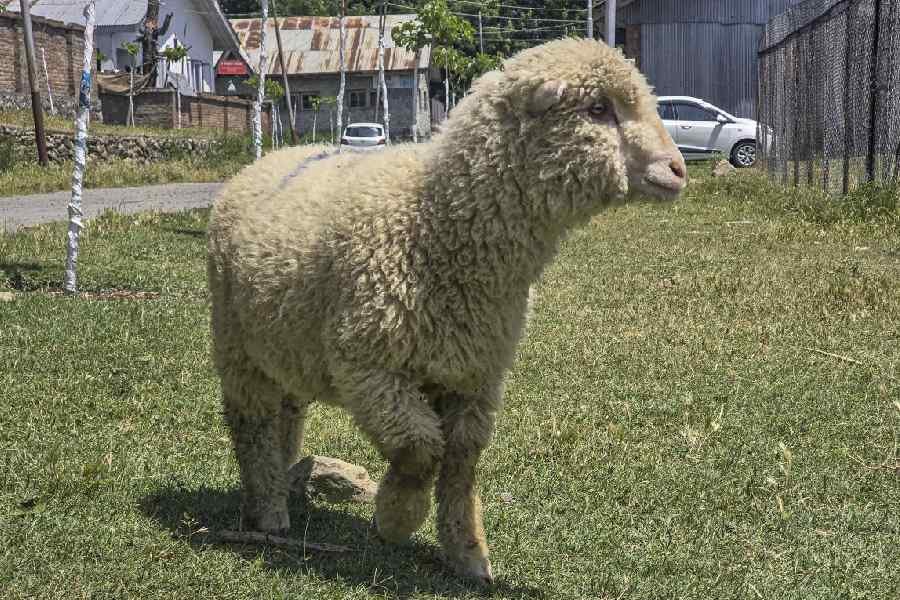By Nayara Biotech Journal | May 29, 2025
In a r of Srinagar, a scientific develop lamb born five months ago is now officially India’s first gene-edited sheep, and it represents much more than just an academic win — it shows India’s slow but solid move into precision livestock breeding.
Let’s unpack what this really means — without the fluff, and with full respect to the science.
The Breakthrough
The sheep was developed by scientists at Sher-e-Kashmir University of Agricultural Sciences and Technology (SKUAST-Kashmir) using a modern technique called CRISPR-Cas9. This gene-editing tool has revolutionised biotechnology globally, and now it’s being used in Indian labs not just on plants, but on animals too.
The target? A gene called myostatin, which controls muscle growth in animals.
By tweaking this gene during the embryonic stage, researchers were able to induce more muscle development — potentially producing hardier, meatier sheep breeds.
👨🔬 Scientist behind this Research
The project was led by Dr. Riaz Ahmad Shah, Dean of the Faculty of Veterinary Sciences at SKUAST-Kashmir. This isn’t Shah’s first time making headlines — back in 2012, his team cloned India’s first Pashmina goat, Noori, a global-first that showcased the potential of Indian livestock science.The gene-editing project took around four years of research.

Researcher with gene-edited sheep.
🧪 What is Gene Editing and Why CRISPR?
CRISPR is a gene-editing technique that acts like a pair of molecular scissors. It allows scientists to cut DNA at specific locations and modify genes in a precise and targeted way —this process is far more advance than older genetic modification techniques.
In this case, by “editing” the myostatin gene, the sheep naturally grows more muscle mass.

📈 Why This Matters
1. Boosting India’s Livestock Potential
India is home to the world’s largest livestock population, but productivity — especially in terms of meat and milk yield — often lags behind global averages. Most of this is due to poor genetics and suboptimal breeding programs.
This kind of targeted gene-editing can fast-track genetic improvement, offering a potential alternative to decades-long traditional breeding.
2. Food Security by Enhancing Muscle Growth
With a growing population and increasing demand for animal protein, India needs resilient livestock breeds that can adapt to local climates while also offering better yield. This gene-editing achievement is a step in that direction.
3. Conservation and Adaptation
Gene-editing may also help conserve indigenous breeds, many of which are under genetic stress. By tweaking specific genes while maintaining local genetics, researchers can help these animals thrive in changing environments.

⚖️ What About Ethics and Regulation?
This is where the discussion gets real. Gene-editing in animals is still a sensitive topic. Globally, debates revolve around animal welfare, unintended genetic consequences, and ethical concerns.
In India, the Department of Biotechnology (DBT) and Indian Council of Agricultural Research (ICAR) regulate biotech applications in agriculture. While gene editing in plants (especially SDN1 and SDN2 categories) has been allowed with some clarity since 2022, animal biotechnology is more tightly controlled.
So while this lamb is a scientific triumph, it may not yet enter commercial breeding until regulatory approvals and ethical guidelines catch up.
What’s Next for SKUAST-Kashmir and Indian Biotech?
Shah’s team is expected to monitor the lamb’s development, conduct second-generation trials, and explore the wider applicability of the technique across other livestock species.
Potential future directions include:
- Gene-edited goats for higher milk yield
- Disease-resistant poultry
- Sheep and cattle adapted to heat stress
If India’s biotech regulatory system evolves to responsibly integrate gene-editing in livestock, this project could become a national blueprint for science-led animal farming.
Comparisons with Other International Cases
Let’s compare this with global cases:
- The United States approved the sale of gene-edited pigs with fewer allergens in 2020.
- Brazil and Argentina have regulatory pathways that support non-GMO labeled gene-edited animals.
- China is investing heavily in gene-edited livestock, particularly pigs and fish.
India’s entry with a gene-edited sheep is timely — it allows us to participate in shaping ethical, climate-conscious, and scalable biotechnology from the start.
Bottom Line
This is not just about a single lamb born on a university farm. It’s about laying the groundwork for India’s biotechnology future, especially in animal science. I hoe this research motivates biotech professionals for further work. It’s about evidence-based innovation that respects science, farmers, and the animals we rely on.
One lamb. Four years of science. A big leap for Indian animal biotech.
Stay tuned with Nayara Biotech Journal for in-depth, grounded takes on real scientific progress. No jargon. No hype. Just the future.